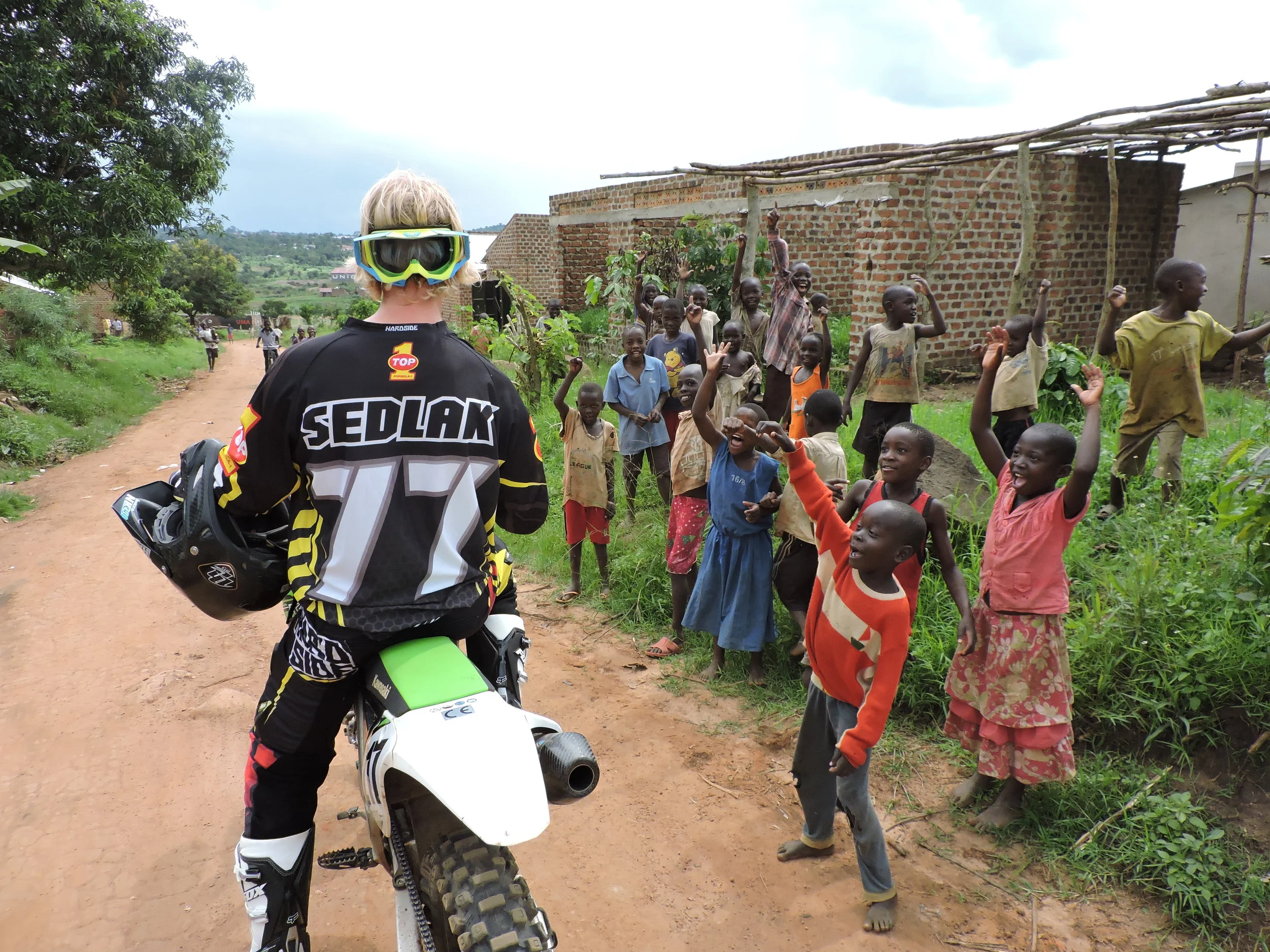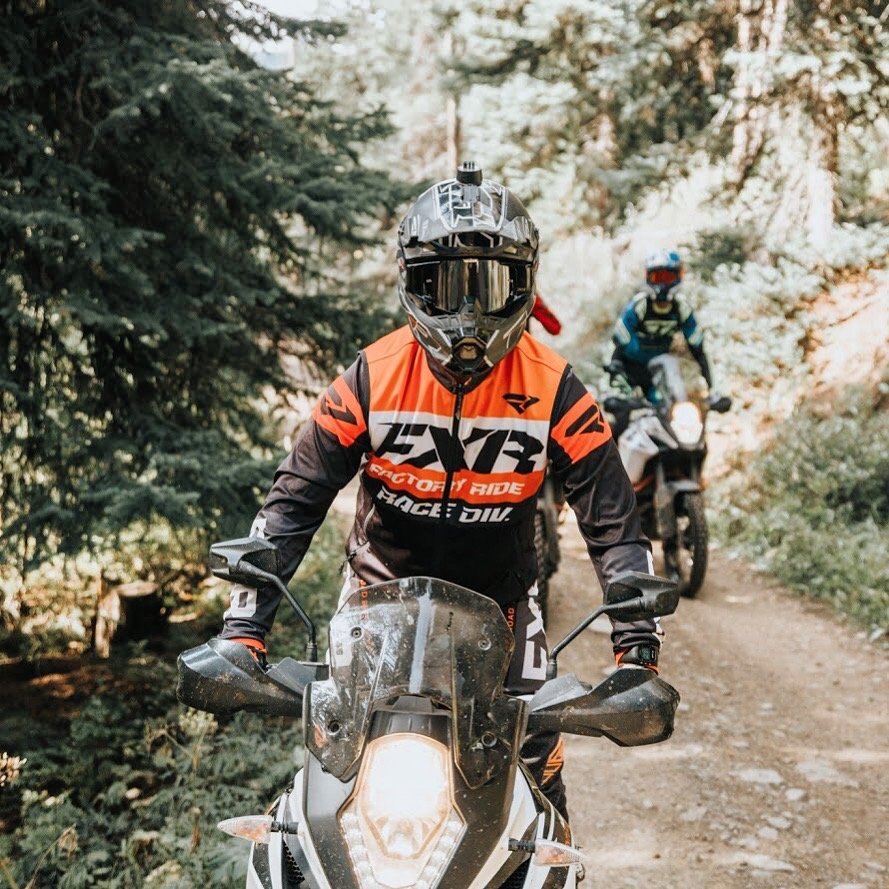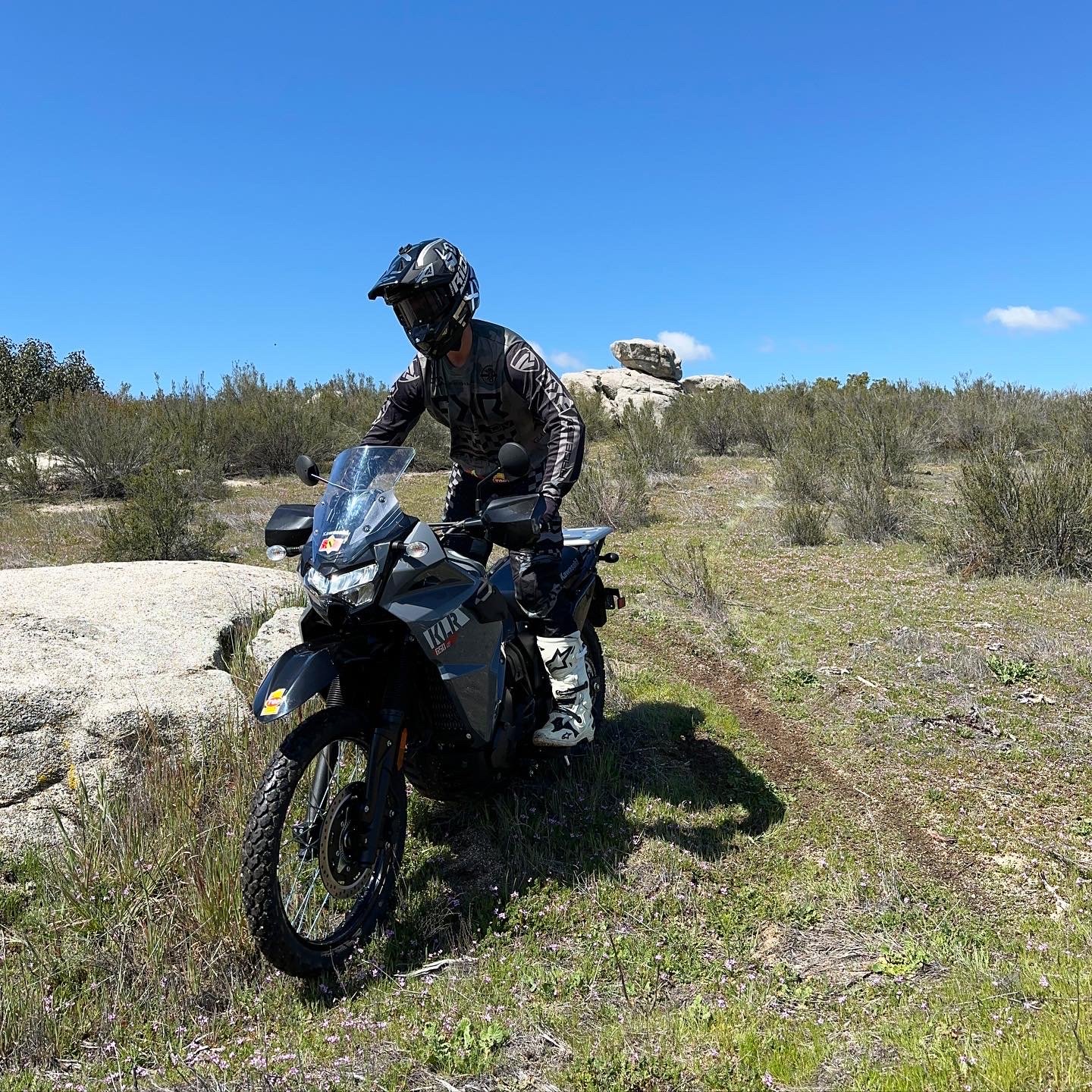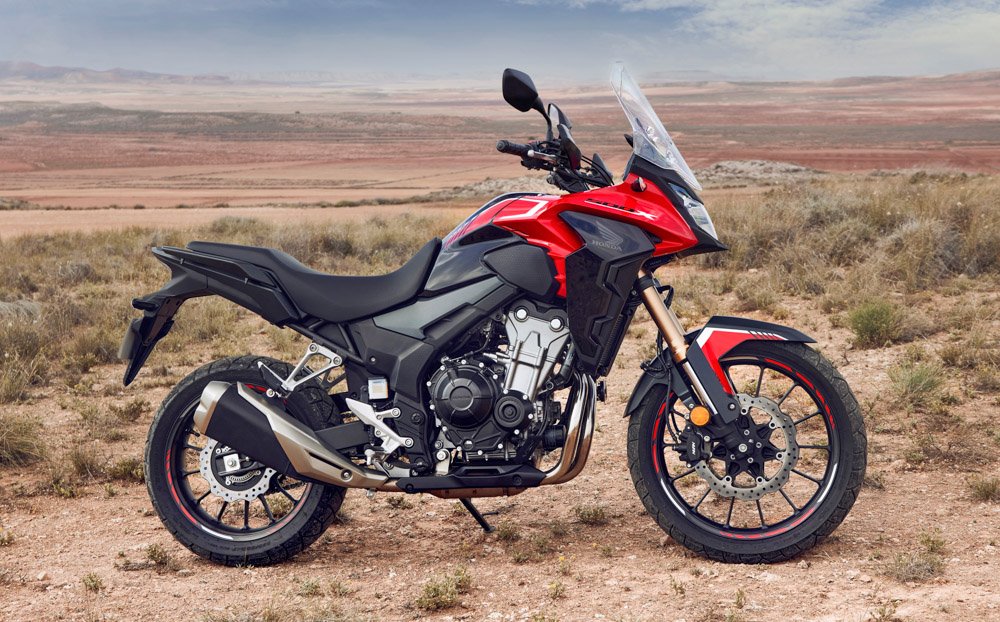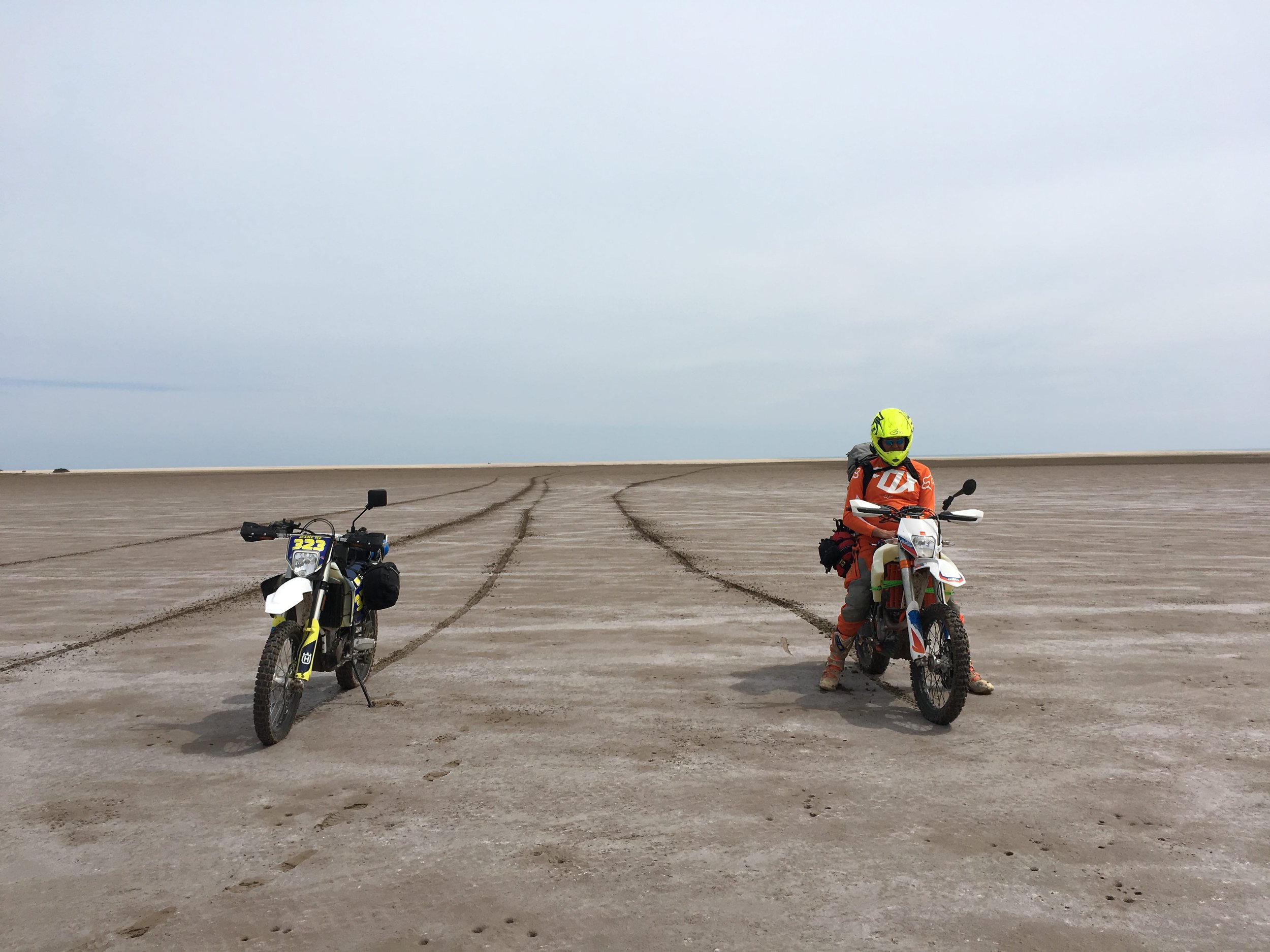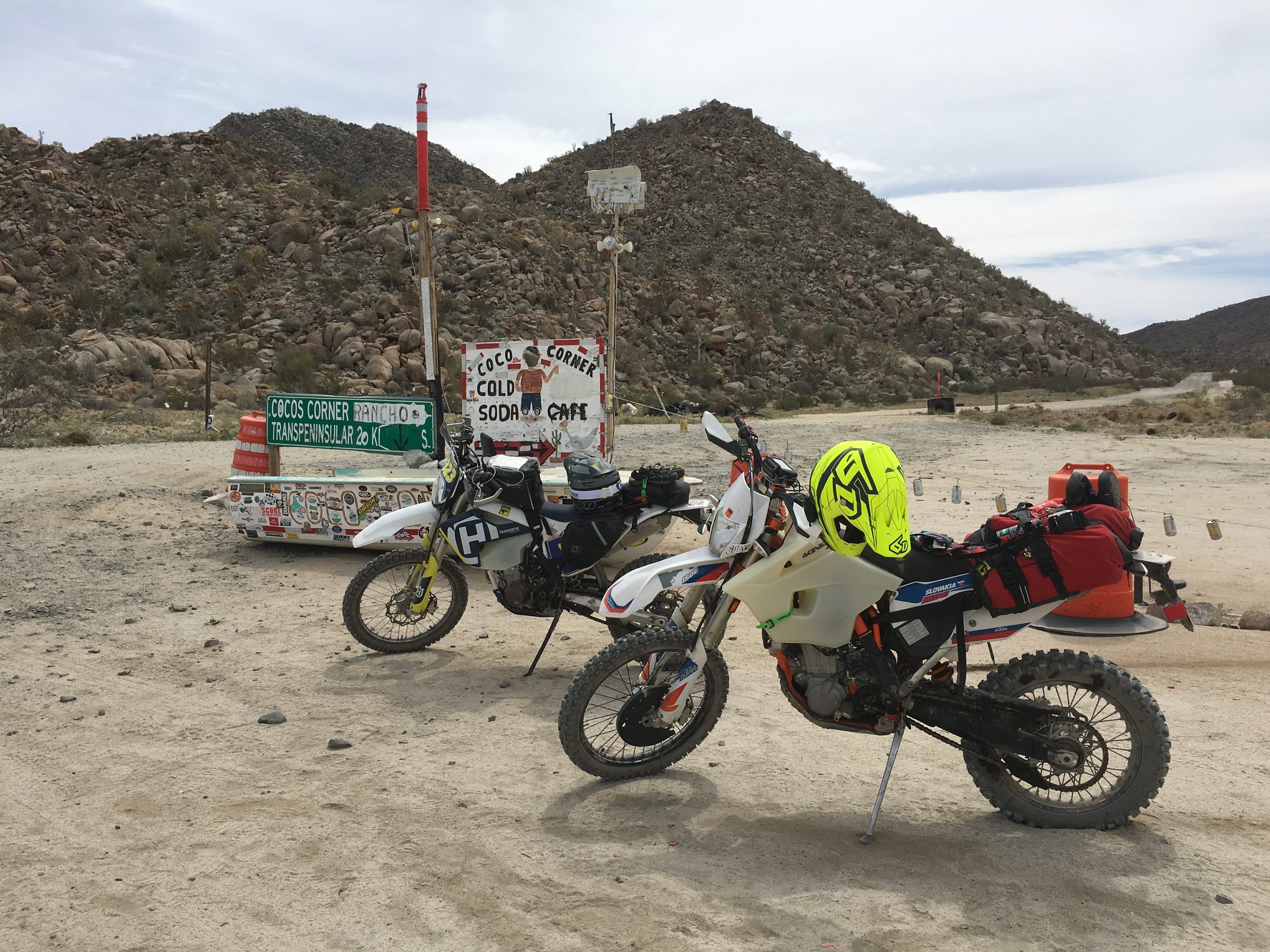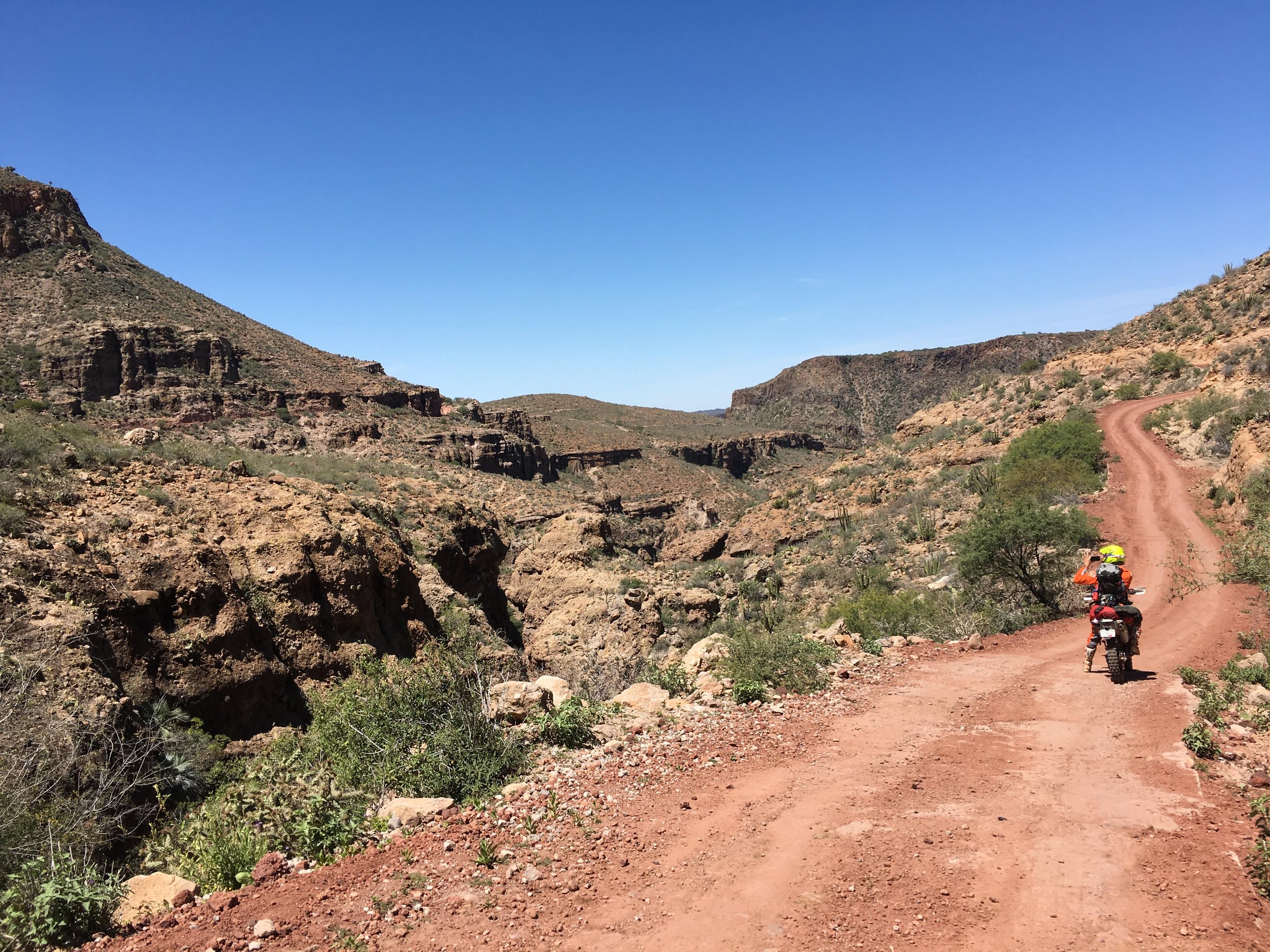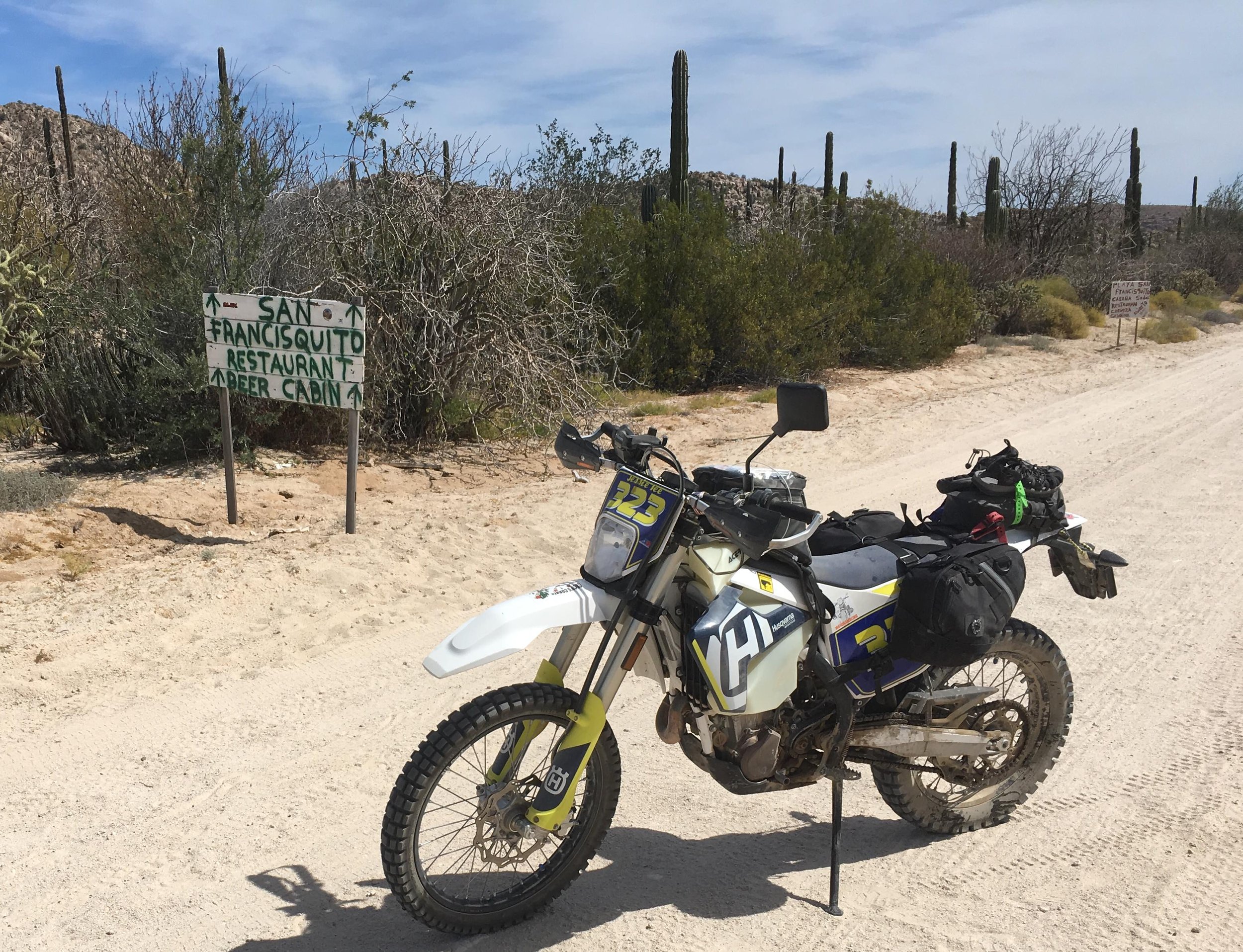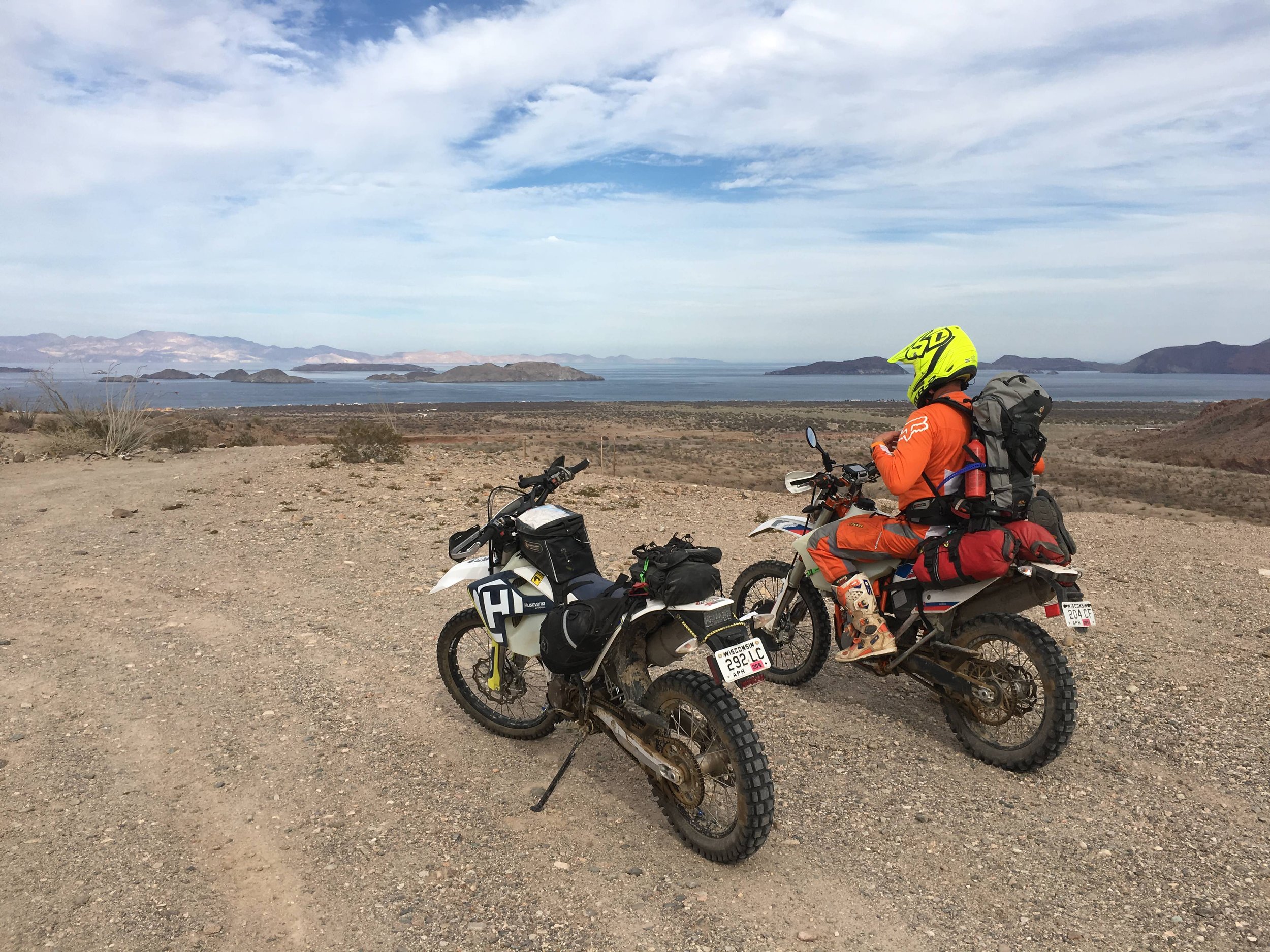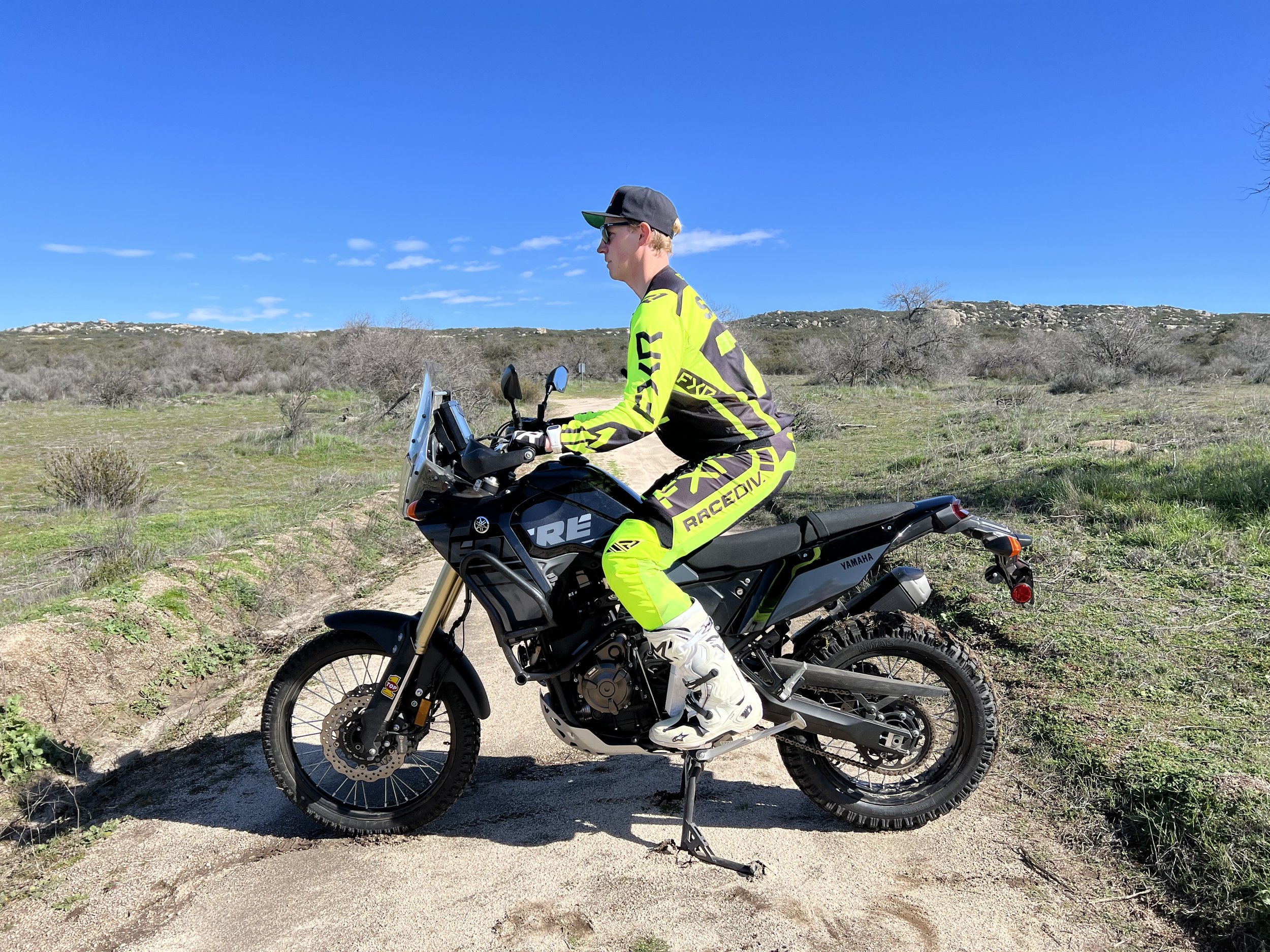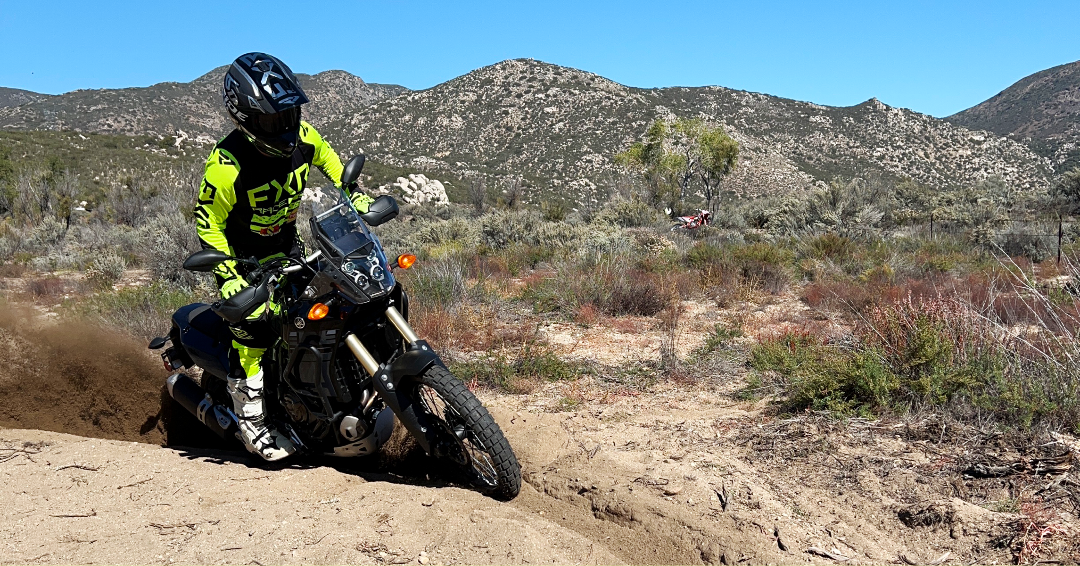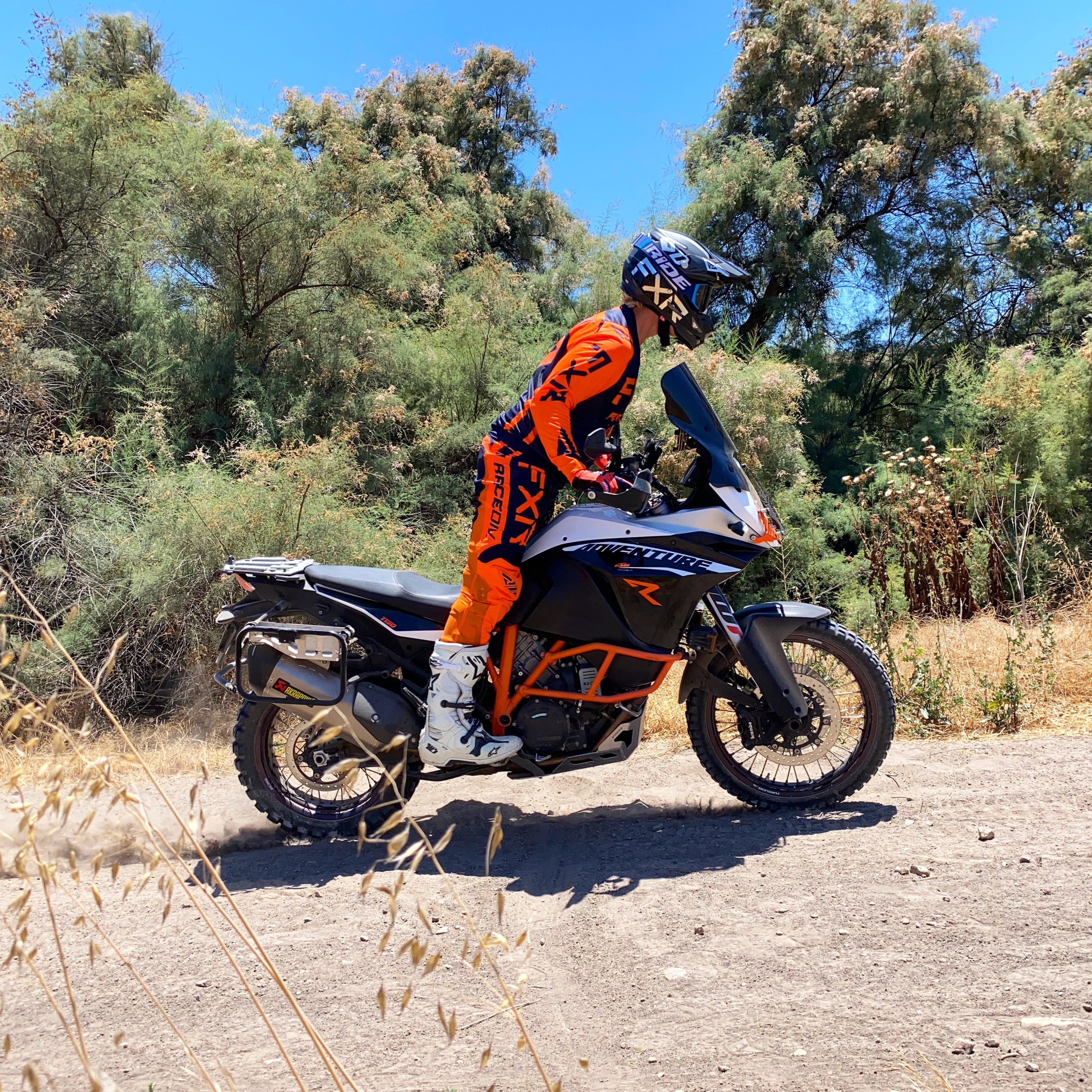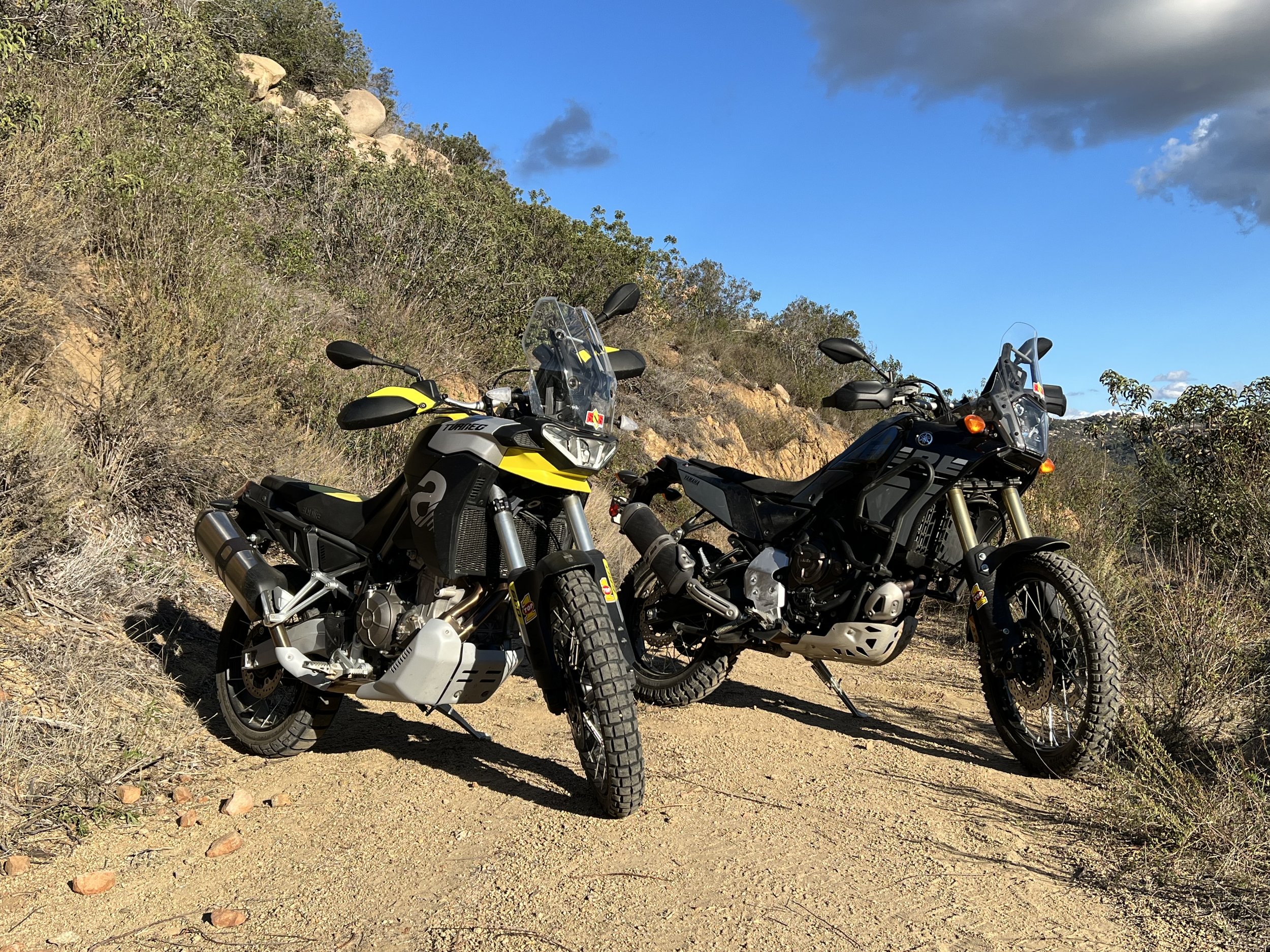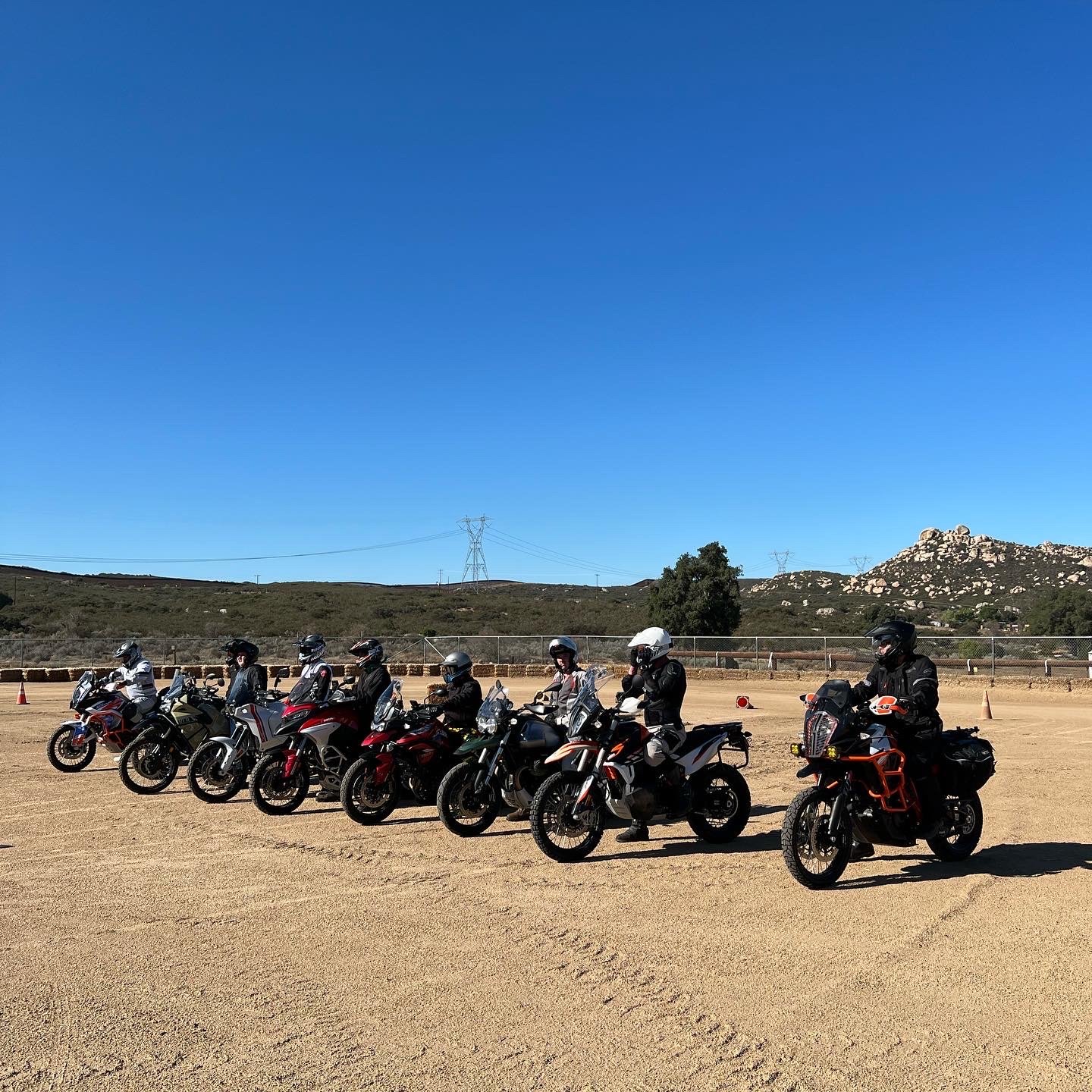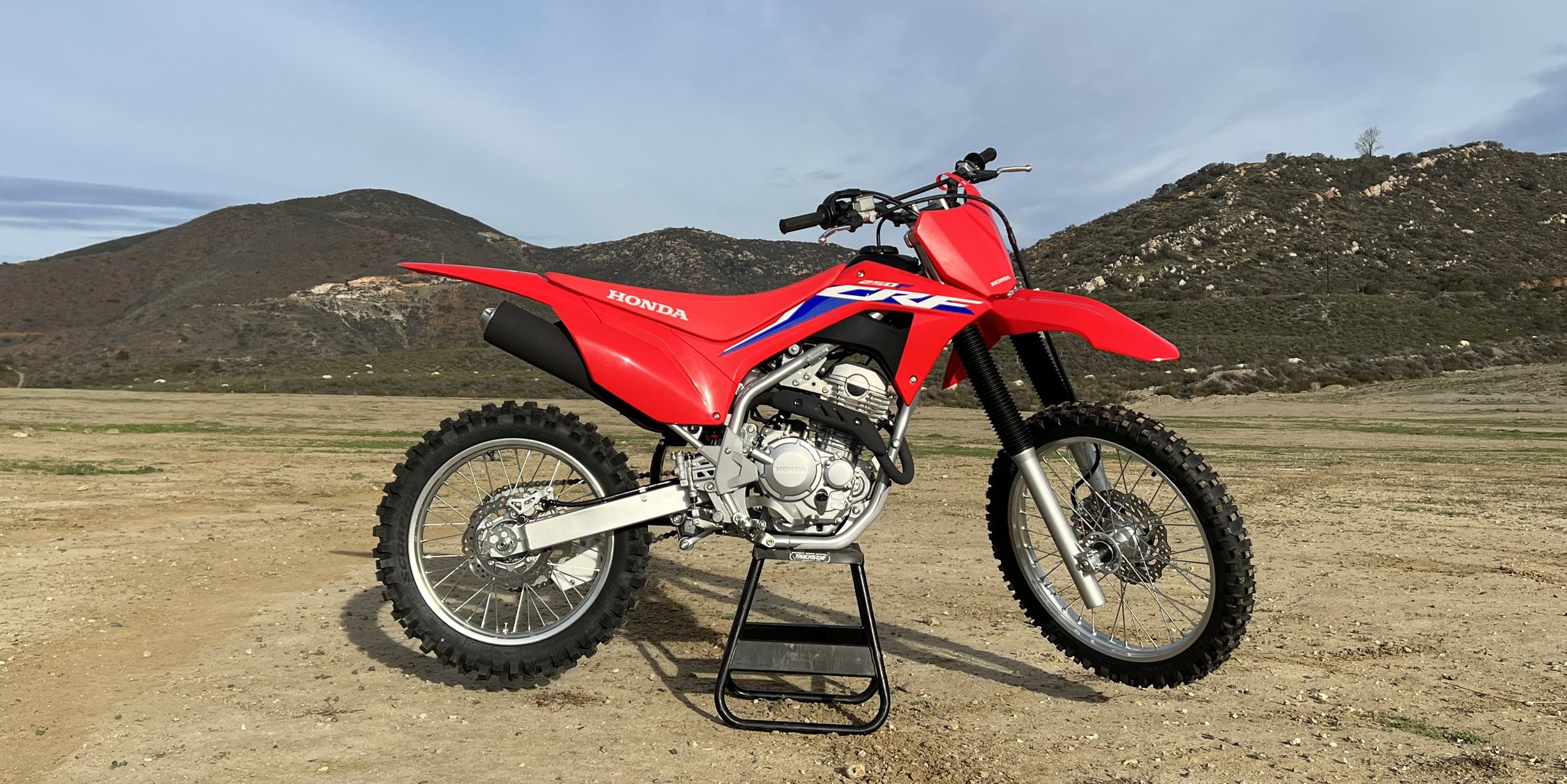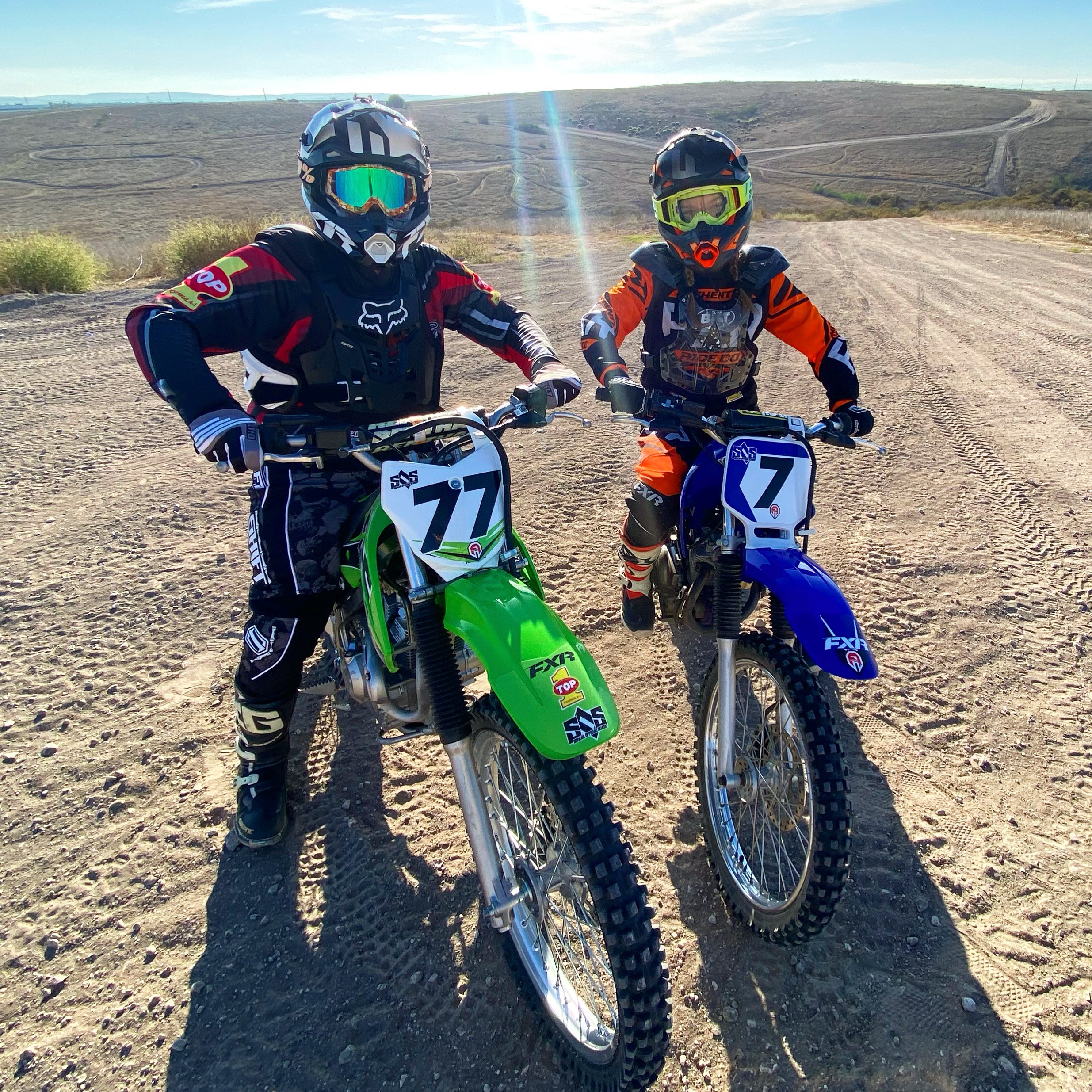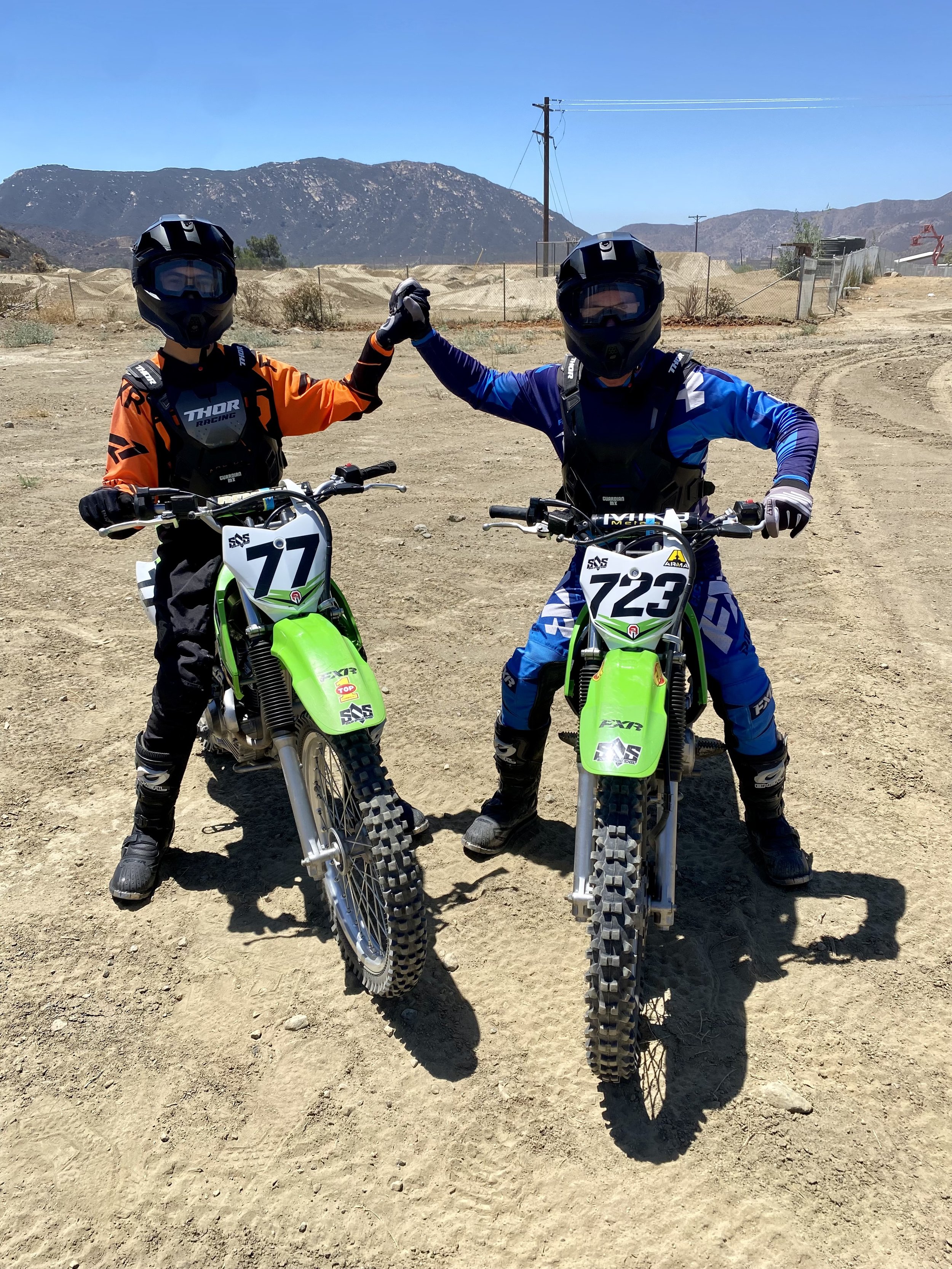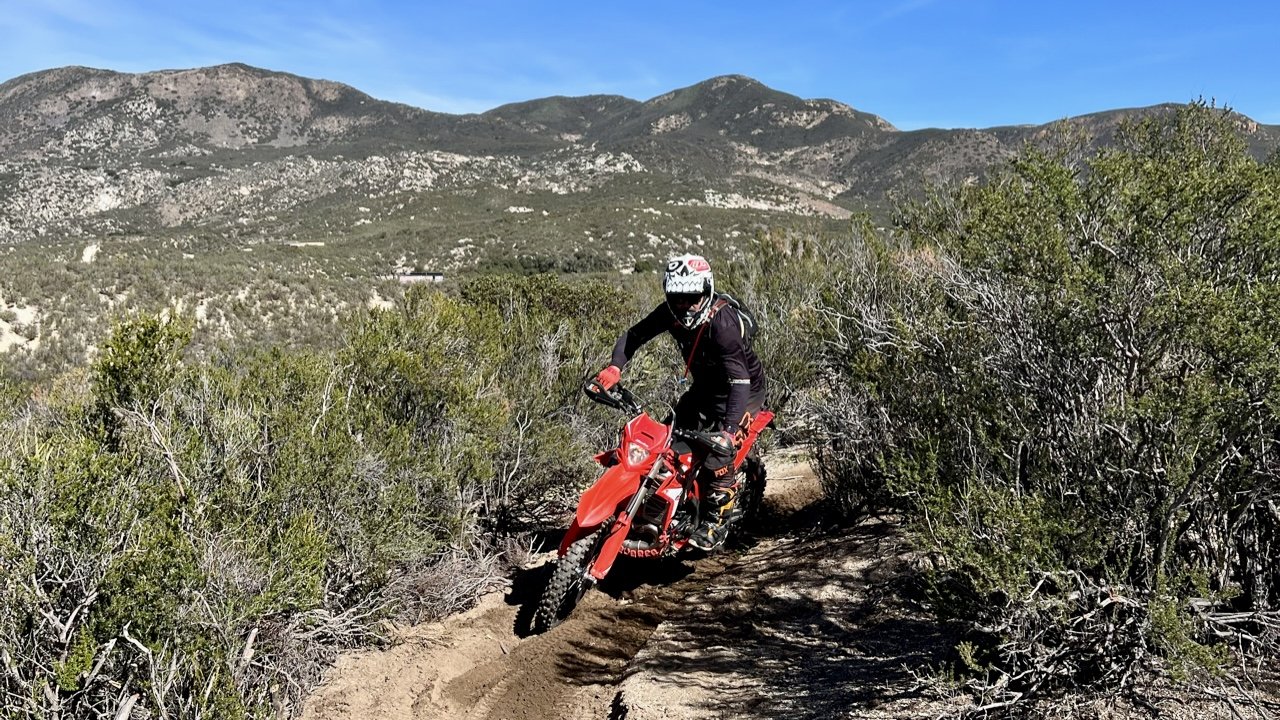Adventure motorcycling has been dominated by larger displacement machines forever but times are changing and we are seeing a clear shift towards smaller bore bikes. Manufacturers are redefining the adventure riding landscape by introducing compact yet capable bikes tailored for exploration. This surge in smaller displacement adventure motorcycles, started with the KTM 390 Adventure a couple of years ago. Recently we got to see the new CF Moto 450 MT and Royal Enfield ‘s Himalayan 450.
The Rise of Small Bore Adventure Motorcycles
In response to shifting rider preferences and a growing demand for more approachable adventure bikes, motorcycle manufacturers are diversifying their portfolios.
Joining the league of small bore adventure bikes is the CF Moto 450 MT, offering an enticing blend of affordability and off-road prowess. With its focus on versatility and accessibility, this machine aims to attract riders seeking adventure without compromising on maneuverability.
The new Royal Enfield Himalayan 450, building upon the success of its predecessor, is expected to deliver an optimal balance between power and agility, further expanding the options for adventure enthusiasts around the world.
Benefits of Small Bore Adventure Motorcycles
One of the primary advantages of small bore adventure bikes is their accessibility. These machines cater to a broader spectrum of riders, from beginners stepping into the world of adventure riding to seasoned enthusiasts looking for a nimble companion for their explorations. The manageable power output and user-friendly ergonomics make these bikes an ideal starting point for those venturing into the off-road world.
Nimble Handling and Versatility
Small bore adventure motorcycles excel in maneuverability. Their compact size and lighter weight allow for nimble handling, making them well-suited for navigating challenging terrain and tight spaces. This agility translates to versatility, enabling riders to seamlessly transition from urban streets to unpaved trails, expanding the scope of their adventures.
Cost-Effectiveness
Additionally, their affordability compared to higher displacement counterparts makes them an attractive option for riders seeking adventure without breaking the bank.
Beyond Small Bore: The 700cc Adventure Segment
While small bore adventure motorcycles gain traction, the 700cc adventure bikes occupy a distinct space in the market. Models like the Yamaha Tenere 700, BMW F 750 GS, and Honda Africa Twin 750 epitomize the capabilities of mid-sized adventure machines. Their higher displacement engines offer increased power and torque while maintaining manageable weight, making them ideal for longer journeys and more varied terrains.
The Future of Adventure Riding
The emergence of small bore adventure motorcycles represents a transformative period in the realm of adventure riding. Manufacturers' focus on accessibility, versatility, and affordability signals a shift towards catering to a broader audience of riders eager to explore the world on two wheels.
Whether cruising through city streets or conquering rugged terrains, the allure of adventure , inviting riders to embrace the versatility, accessibility, and thrill that these smaller displacement bikes bring to the table. The horizon of adventure riding widens, inviting enthusiasts to embark on journeys where the destination is secondary to the thrill of the ride itself.

